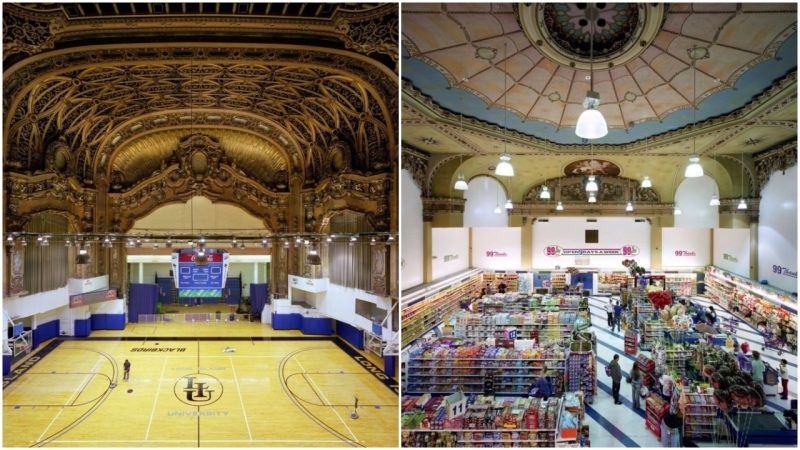On top of many things the United States is known for, its film industry is undoubtedly one of the most important and iconic.
It is a source of inspiration for many around the world, and drives tourists to visit the country that hosted so many of their beloved movies. As a testimony of this industry, impressive theaters took over the United States during the 20th century.
In the 1910s, all Hollywood studios like Warner Bros, Paramount or MGM, started building massive theaters, or movie palaces, that became progressively more impressive in size, decoration and ornaments with time.
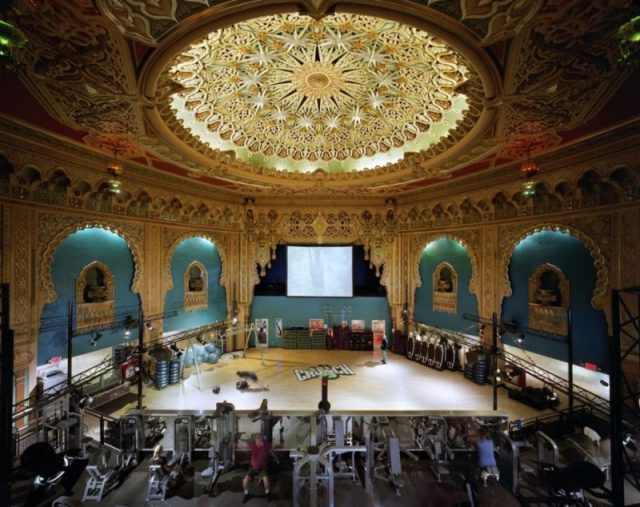
In economic terms, vertical integration is the process through which a company controls most of the supply chain. As an effort to vertically integrate the film industry all the way to the distribution, Hollywood studios decided to build their own theaters, and to compete on their sizes and styles, according to Wired.
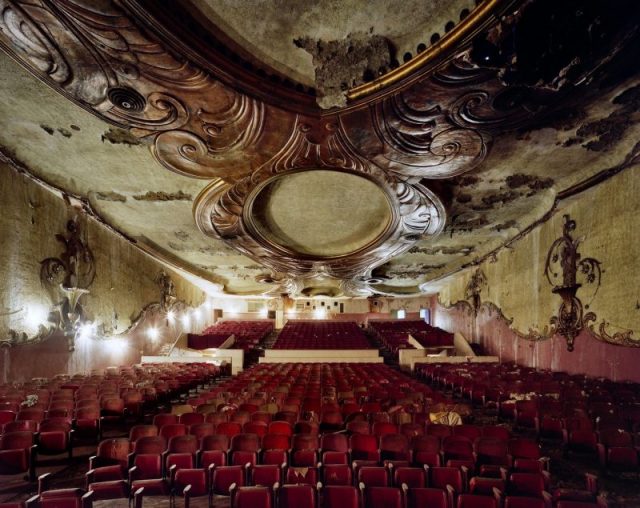
As reported by History.com, the first movie palace to be built in America was the Mark Strand Theatre, later known as the Strand. It opened its doors on April 12, 1914.
The Strand was different from all the small and modest theaters that had been built previously: it had a seat-capacity of 3,000 spectators, and included a two-story rotunda and a viewing balcony on the second floor, a true innovation back then.
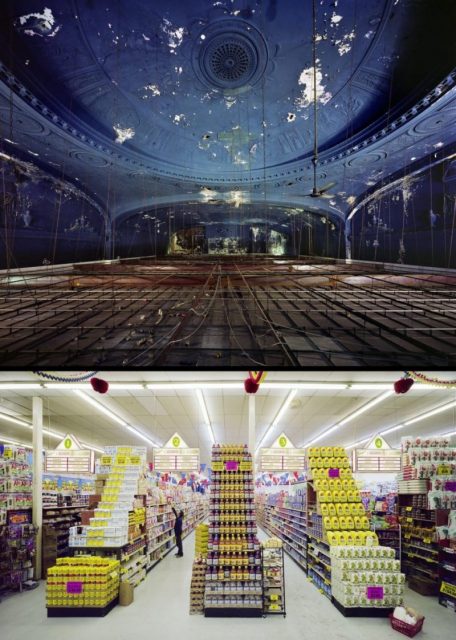
According to Smithsonian Magazine, more than 21,000 movie palaces had been built by 1916: America was falling in love with these venues. More than mere move theaters, they were part of societal life, as reported by Slate.
Americans went to the movies as a celebration of their community. As cities across the nation acquired new theaters, more people could proudly claim these buildings of dreams as part of their lives.
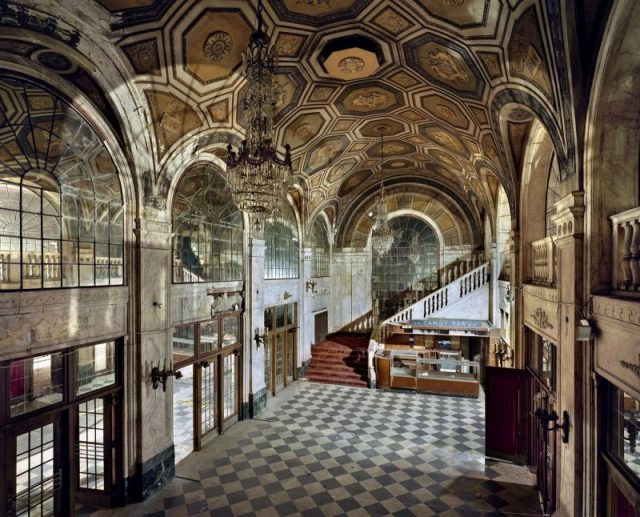
These theaters helped sustain what is referred to as the Golden Age of Hollywood — the period from the 1920s to the 1950s, culminating in 1939 with the Wizard of Oz and Gone With the Wind, according to Smithsonian Magazine.
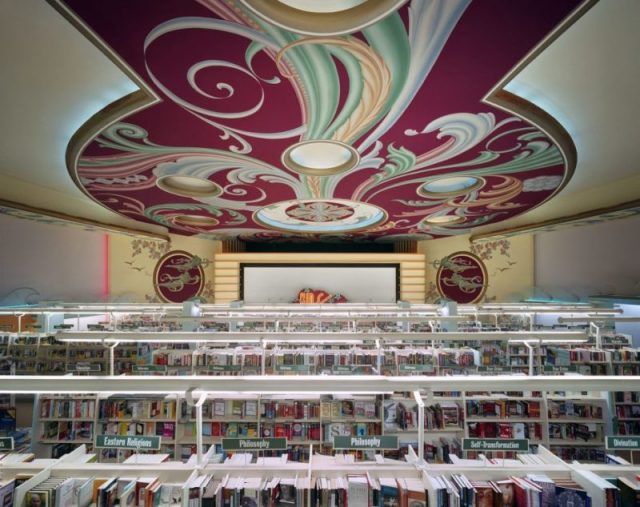
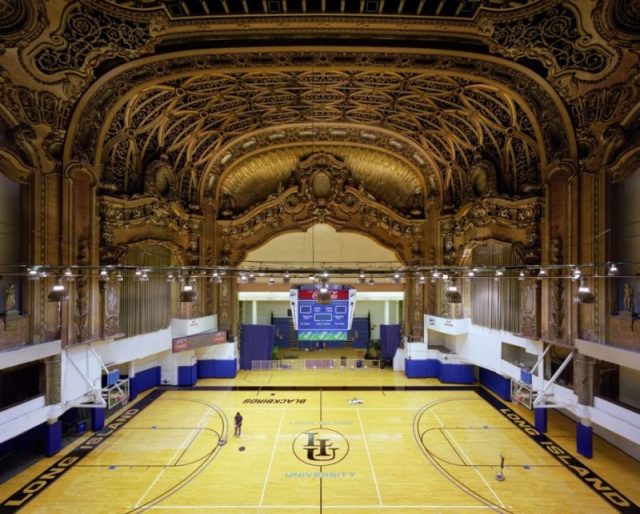
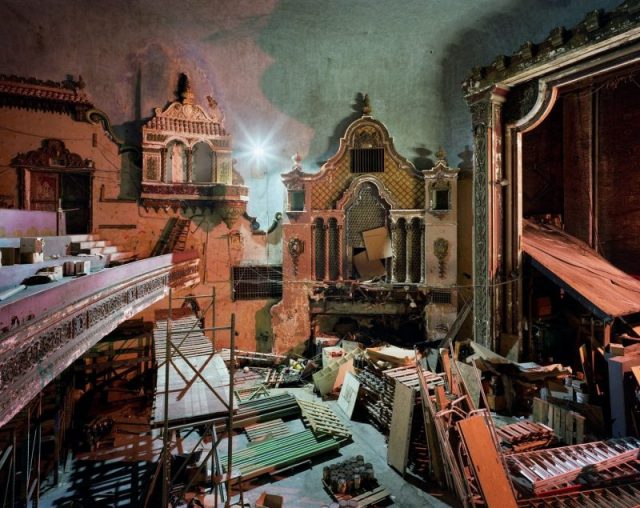
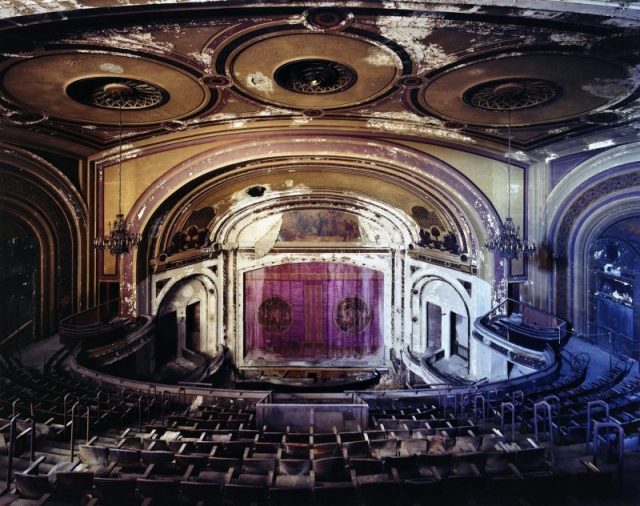
The Great Depression marked an apex in America’s love story with movie palaces: Americans used movies and these opulent theaters to escape the harsher realities of life in this period.
The Hollywood studios played off that image to encourage movie viewers to keep coming to their theaters, arguing that they would feel better watching movies in these comfortable surroundings.
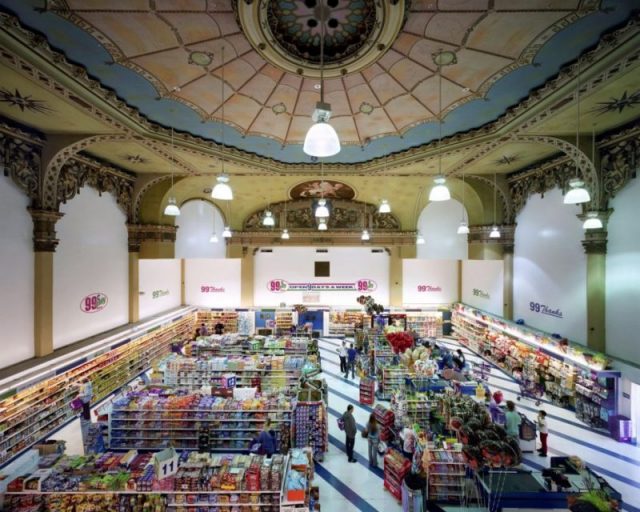
Because of their desired to vertically integrate every part of the film industry, the competition between the powerful Hollywood studios to build always more impressive palaces gave America some of its most iconic theaters. According to Wired, they followed a wide variety of styles such as art deco, art nouveau, or even ancient Egyptian.
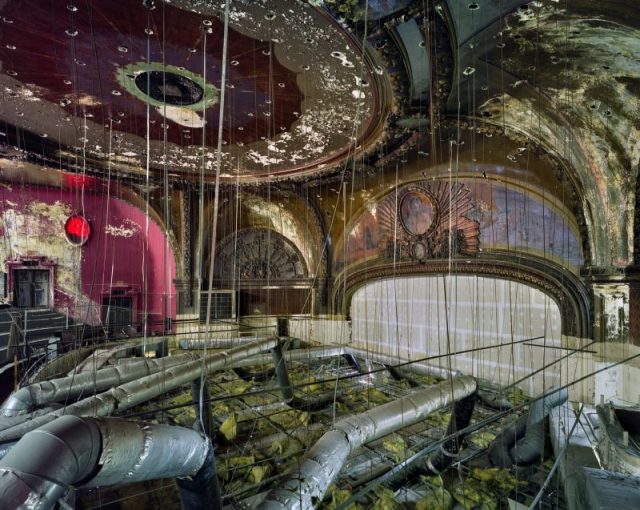
But the love story between the United States and the movie palaces eventually came to an end. In 1948, the U.S. Supreme Court ruled that this vertical integration process had violated the Sherman Antitrust Act, meaning that the studios owned too much of the film production and distribution industry.
They were ordered by the court to either sell or close the movie palaces, marking the end of an era.
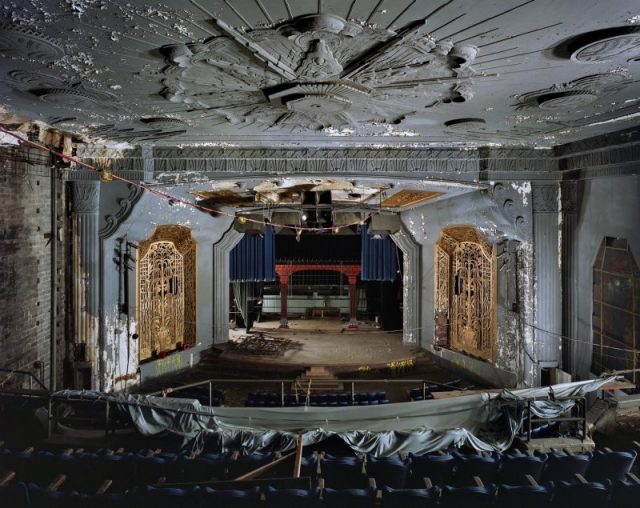
The baby boom, and the suburbanization movement that ensued, were the nail in the coffin. As people focused more on the nuclear family, and relocated away from city centers into suburbs, drive-in theaters – which were also much less expensive to build for the smaller film-distribution companies that now owned them – took over movie palaces.
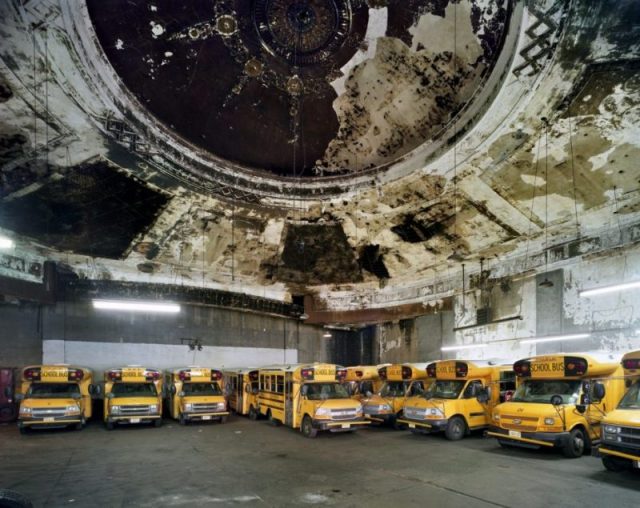
Today, many of the movie palaces have been torn down. Some remain, having been repurposed as other types of facilities like gymnasium or storage buildings, as their demolition costs remain very high.
Read another story from us: Art Deco House with Original Vintage Furnishings For Sale – Take a Tour
They are somehow surviving time, as if their once splendid status had made them untouchable forever, and are a great legacy of the Golden Age of Hollywood.
